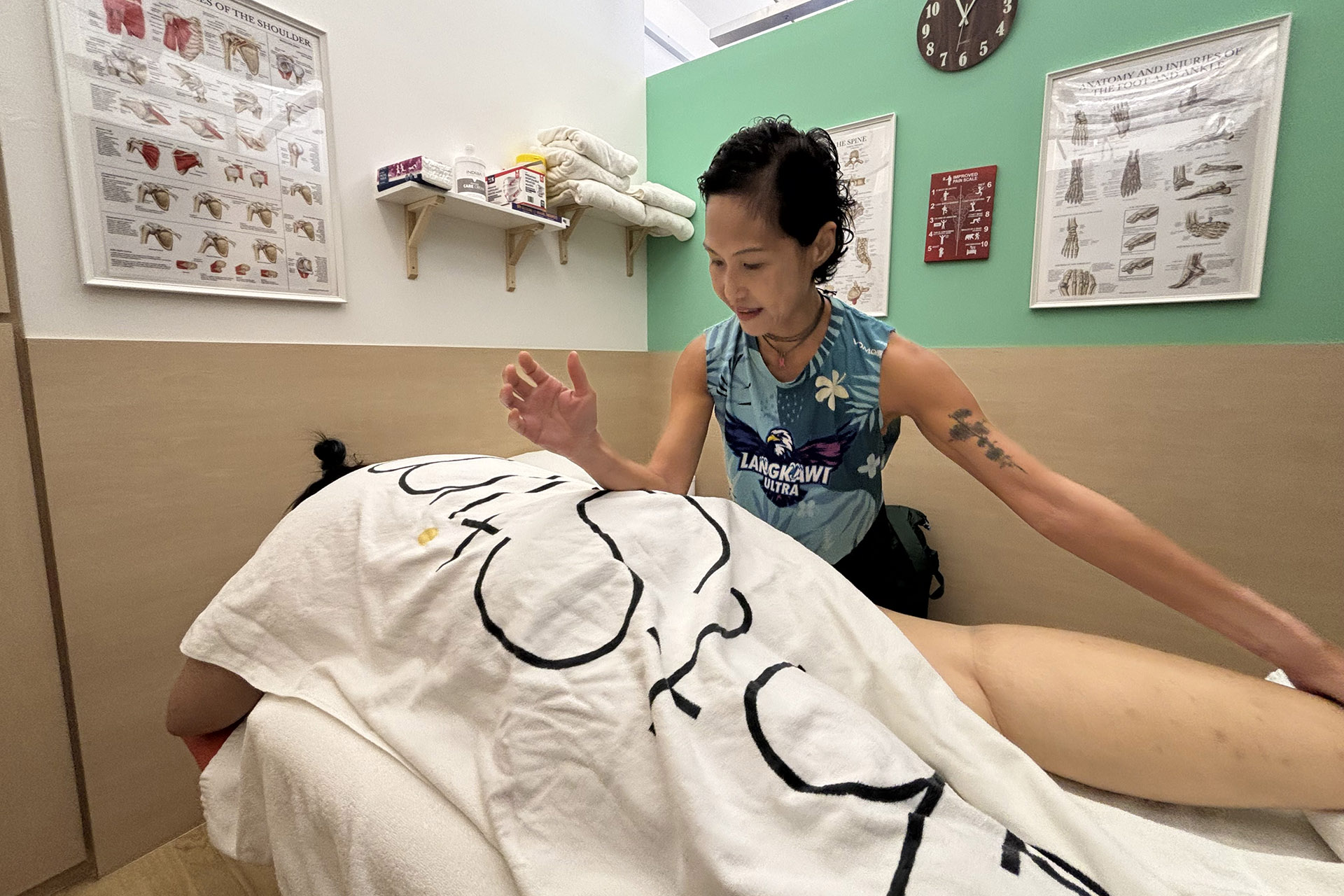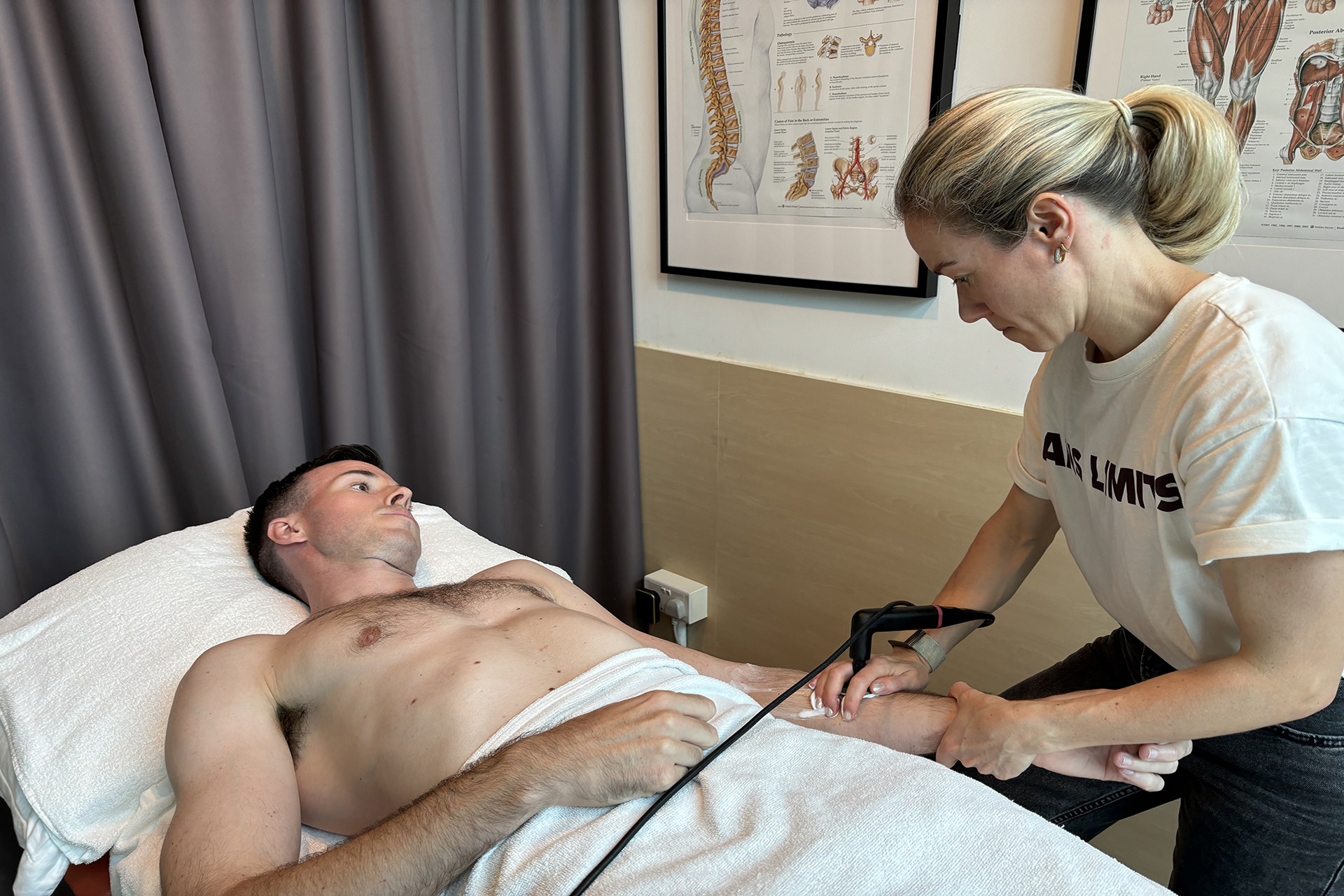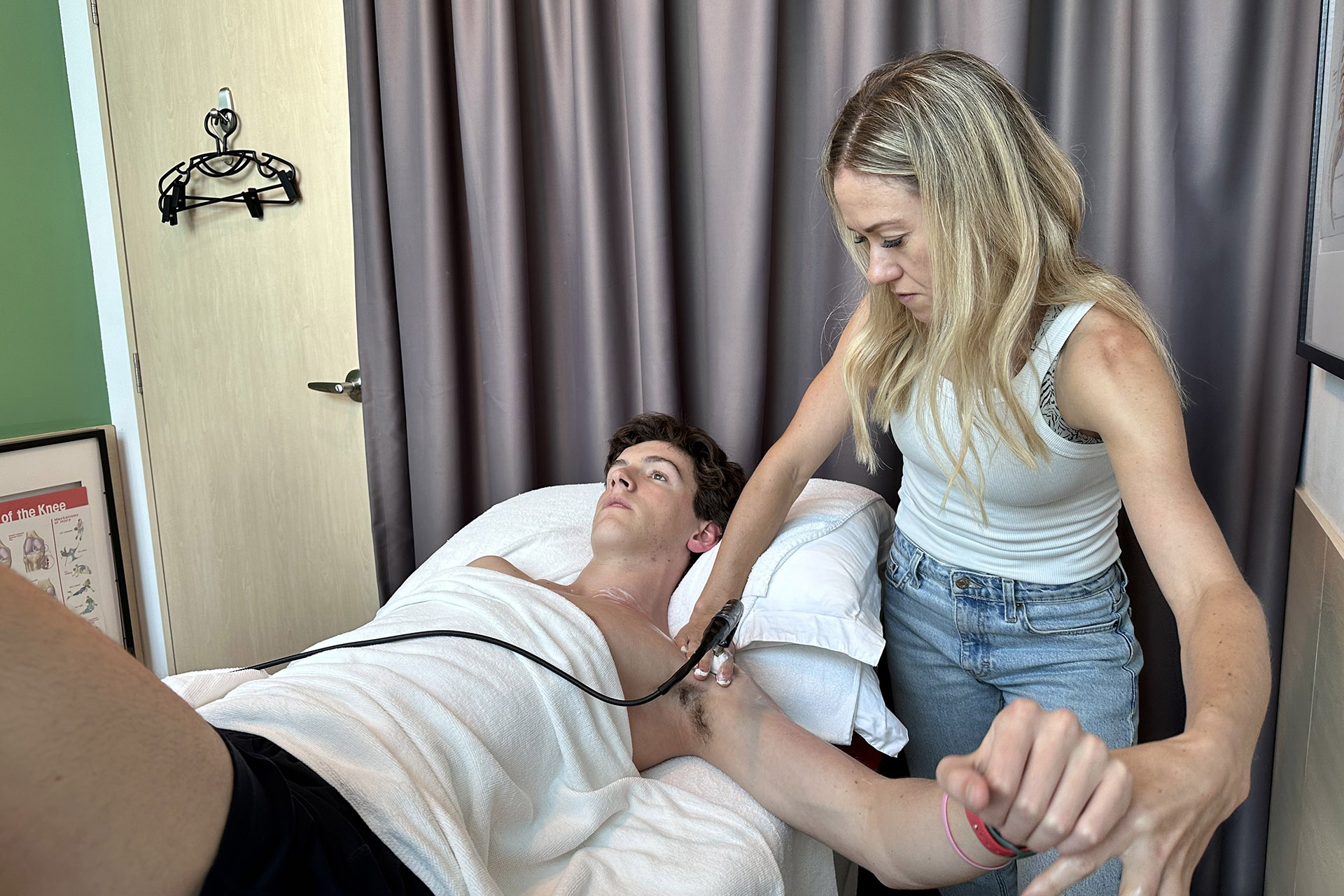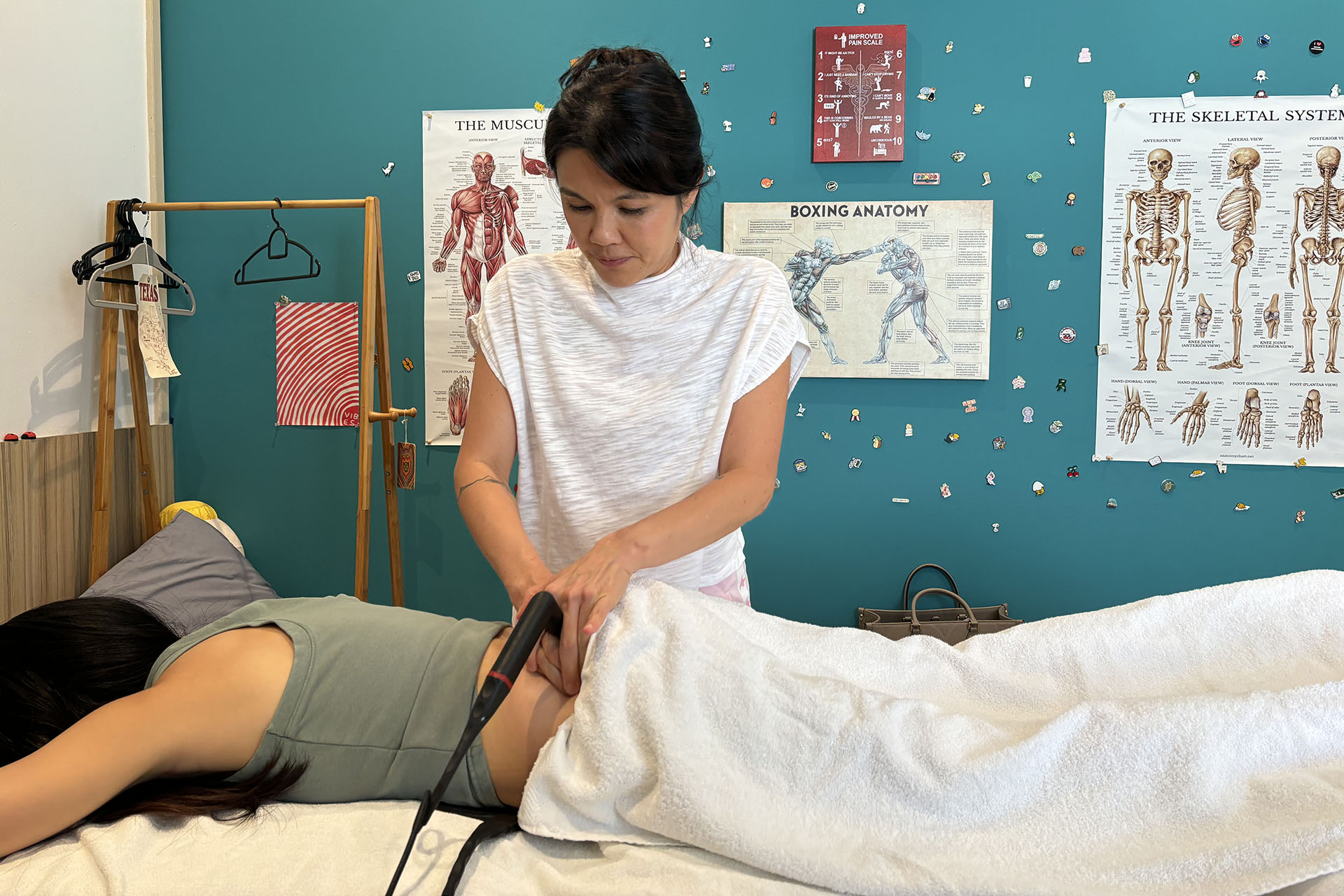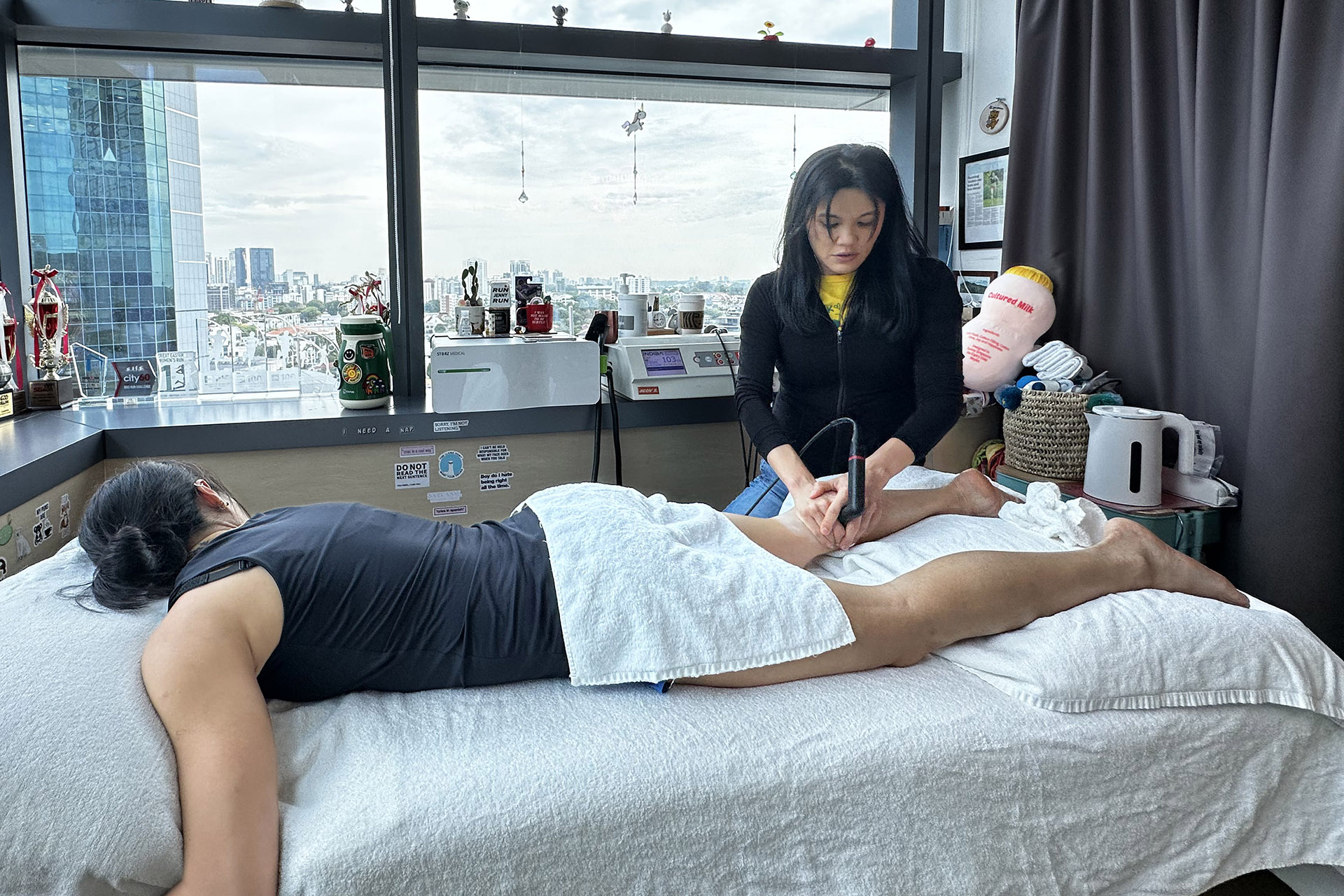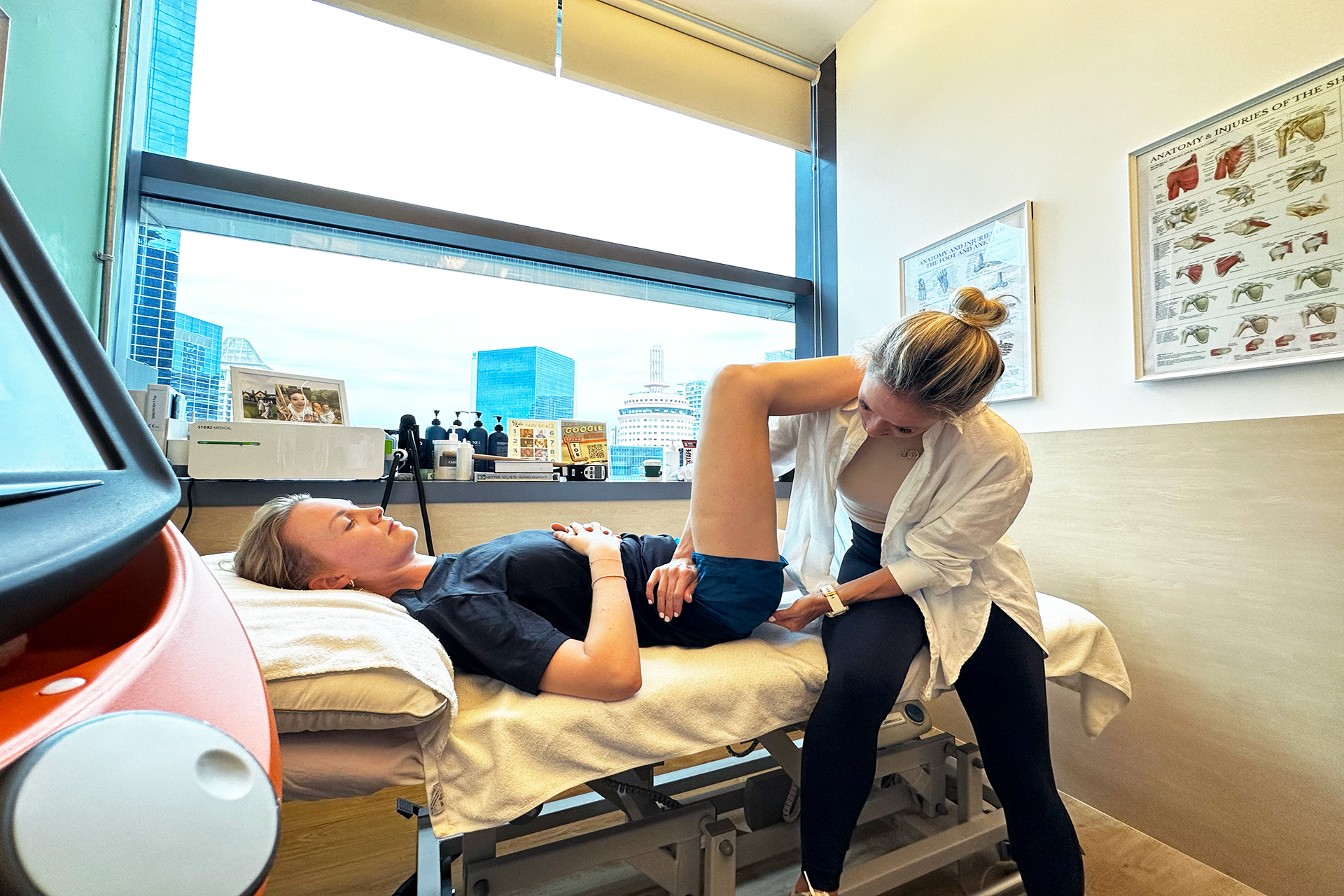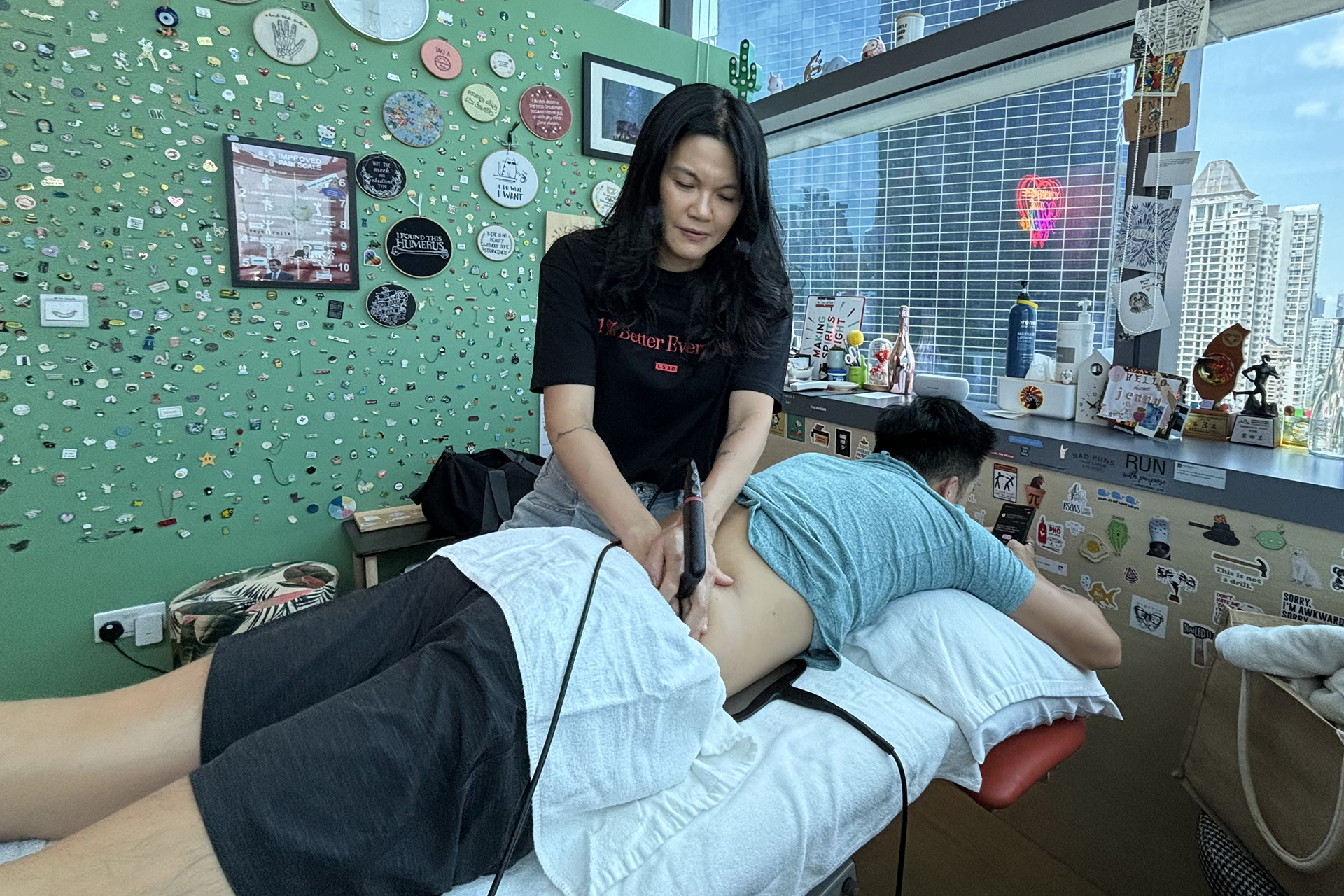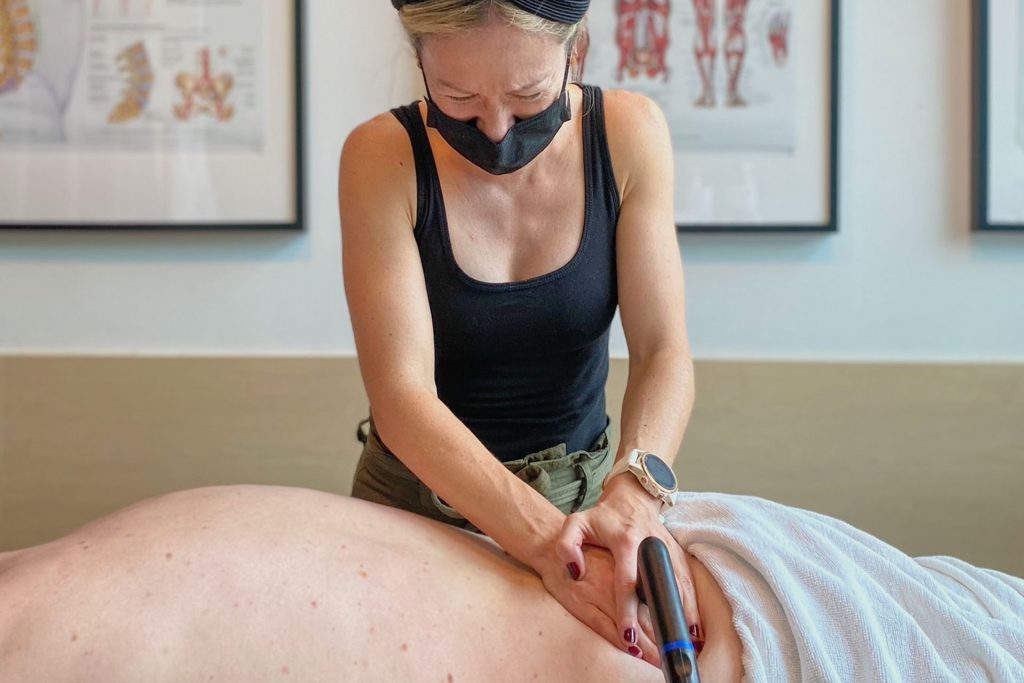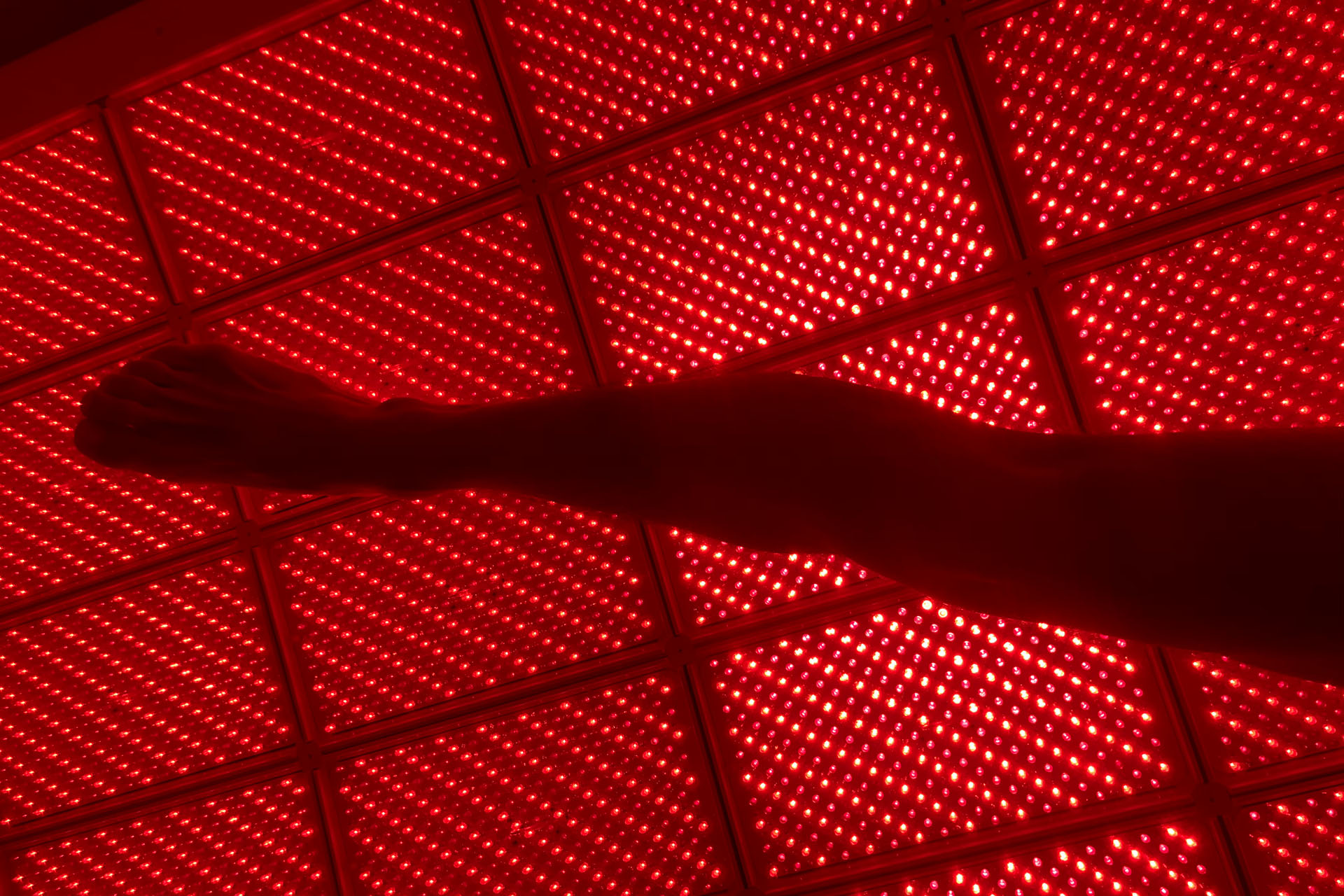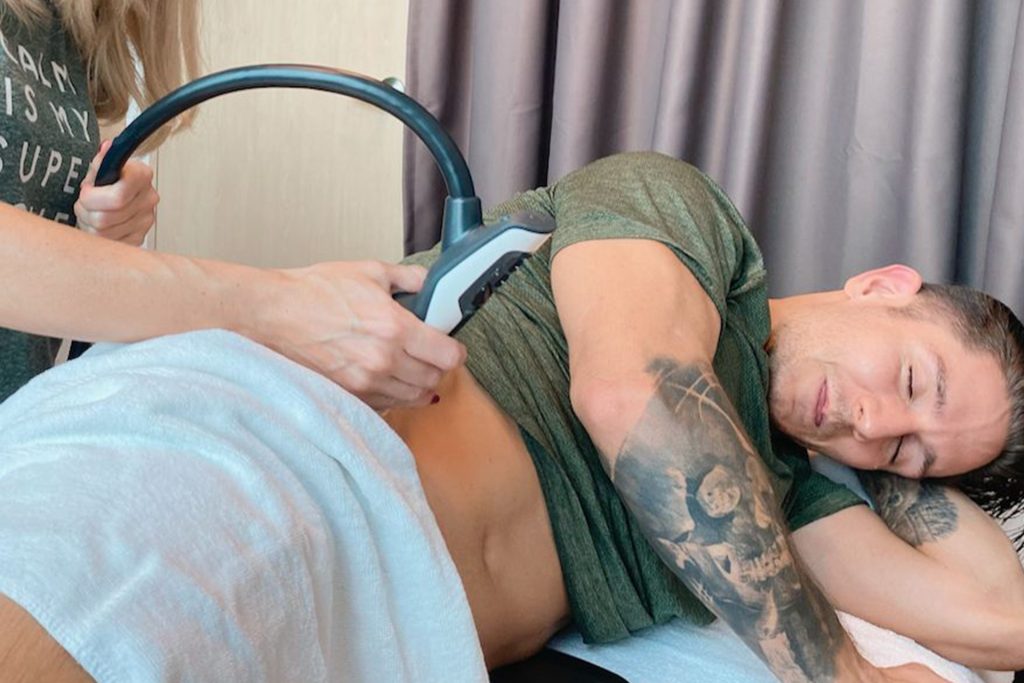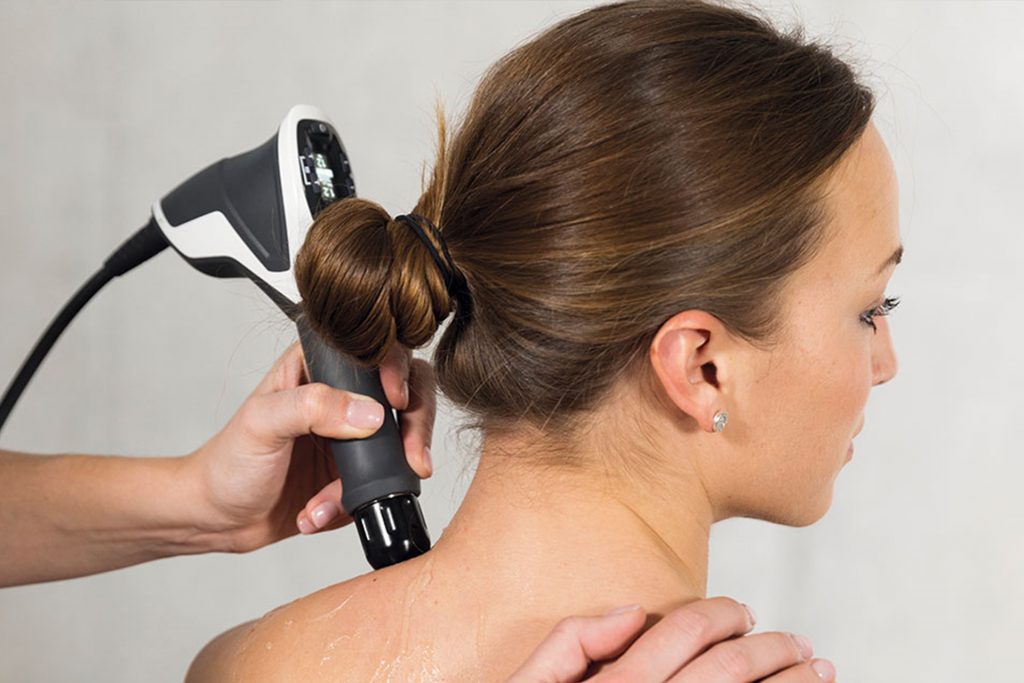|
Getting your Trinity Audio player ready...
|
A recurring source of chronic pain and movement limitations for many people lies in their bodies’ fascial system, a system of connective tissue that supports the muscles, nerves and organs. Unsurprisingly, this pain can hamper the quality of life as daily tasks become harrowing ordeals. This, however, does not mean that if your fascial system is causing you pain, you have to grin and bear it with no hope for intervention.
Myofascial release, a specialized form of manual therapy, has emerged as a highly effective treatment for alleviating pain, restoring mobility and enhancing overall well-being. At HelloPhysio in Singapore, we combine expertise and advanced techniques to deliver the best in myofascial release therapy.
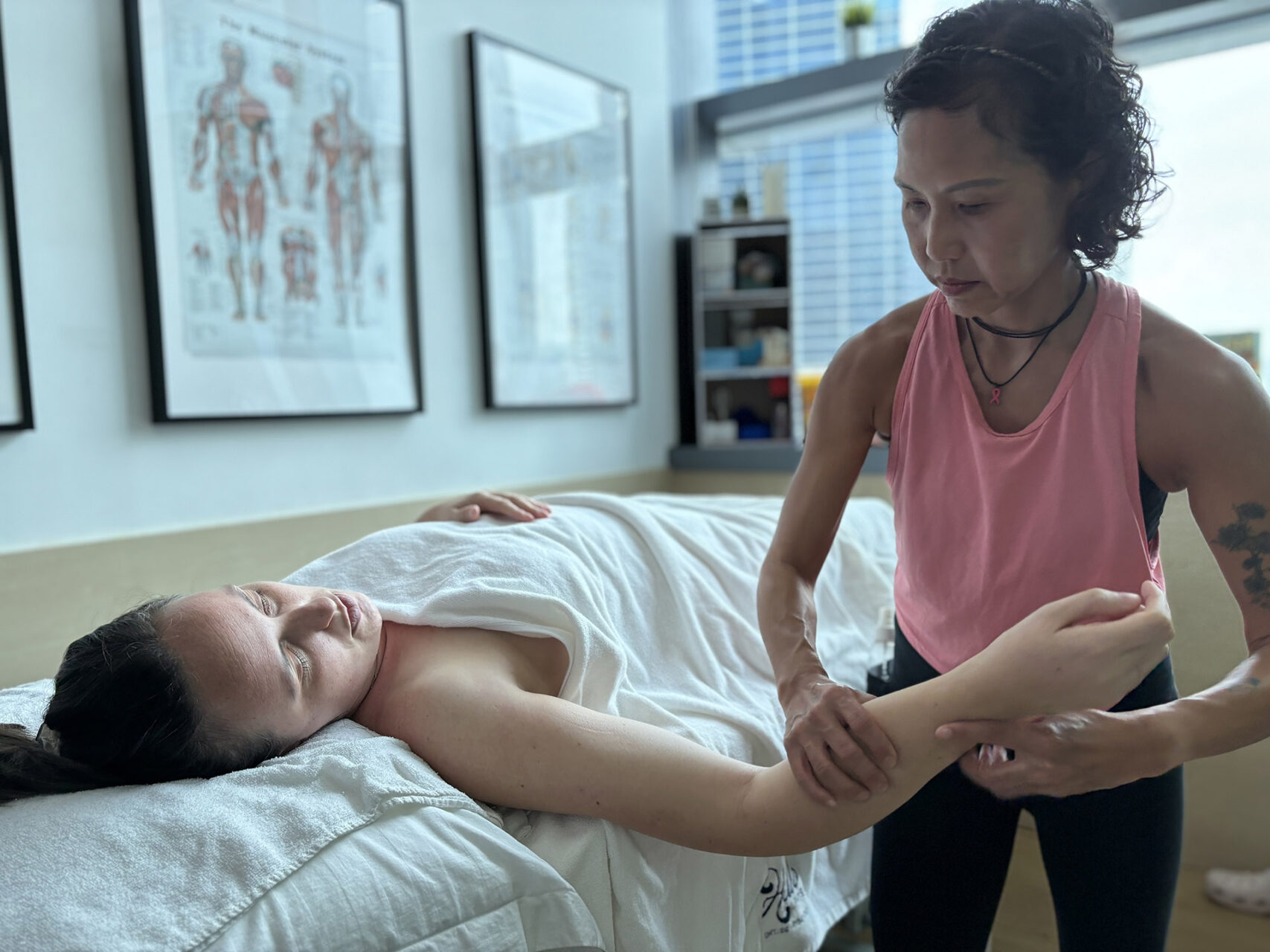
What Is Myofascial Release?
Myofascial release involves gentle, sustained pressure applied to restricted areas to improve circulation, release tension and restore the fascia’s natural elasticity. Therapists or individuals can apply gentle or constant pressure to restricted or stiff areas to effectively release tension. The fascia is a web-like connective tissue structure that surrounds muscles and other soft tissues, which can cause the fascia to tighten, leading to pain and reduced mobility.
Myofascial release targets restrictions within the fascia and myofascial tissues that can develop over time due to factors such as poor posture, stress, injuries, or overuse. Trigger point therapy is often used to address trigger points – stiff, knot-like areas within the fascia or muscles associated with pain and restricted movement.
If you’ve searched for “myofascial release near me,” you’re likely seeking relief from conditions such as:
- Chronic neck, back, or shoulder pain
- Myofascial trigger points (knots)
- Restricted joint movement
- Post-surgical adhesions
- Sports-related injuries
Myofascial release targets stiff areas and trigger points, which are often sources of muscle pain and limited joint range.
Active release technique in Singapore can be performed at home or in a gym setting. Foam rollers are commonly used tools for SMR, and SMR appears effective for increasing ROM and improving flexibility.

Understanding Myofascial Tissue and Its Role in Mobility
Myofascial tissue is a vital network of connective tissue that envelops and supports the muscles, bones, and other soft tissues throughout the entire body. This intricate web, composed of collagen and elastin fibers, provides both strength and flexibility, allowing for smooth movement and optimal muscle function. When healthy, myofascial tissue enables the body to move freely and efficiently, supporting a range of activities from daily tasks to athletic performance.
Myofascial pain syndrome is a specific condition characterized by the presence of trigger points, sensitive knots within the muscle that can cause both local and referred pain. When myofascial tissue becomes tight, restricted, or develops scar tissue, it can lead to significant discomfort and limit mobility. These restrictions often result in myofascial pain, which can manifest as persistent aches, stiffness, or even widespread pain that affects multiple areas of the body.
Myofascial release therapy is a specialized manual therapy technique designed to address these issues by applying gentle, sustained pressure to the affected areas. This approach helps release tension, improve blood flow, and restore the natural elasticity of the myofascial tissue. Myofascial release therapy sessions can be performed by a skilled massage therapist or other healthcare professionals, and self-myofascial release techniques, such as using a foam roller or roller massager, allow individuals to manage symptoms at home.
Research suggests that myofascial release therapy offers significant benefits for those suffering from chronic pain, low back pain and myofascial pain syndrome. Systematic reviews and randomized controlled trials have shown that this therapy can reduce pain, improve range of motion, and enhance overall function in patients with myofascial pain. While the benefits of myofascial release are substantial, it is important to be aware of associated risks. In rare cases, complications such as internal bleeding or nerve damage may occur, so it is always advisable to consult with a healthcare provider before beginning any new treatment.
By targeting the underlying restrictions in the myofascial tissue, myofascial release therapy helps to restore normal movement, reduce discomfort and improve the quality of life. Whether used alone or in combination with other treatments, this technique empowers patients to take control of their recovery process and enjoy greater mobility and well-being.
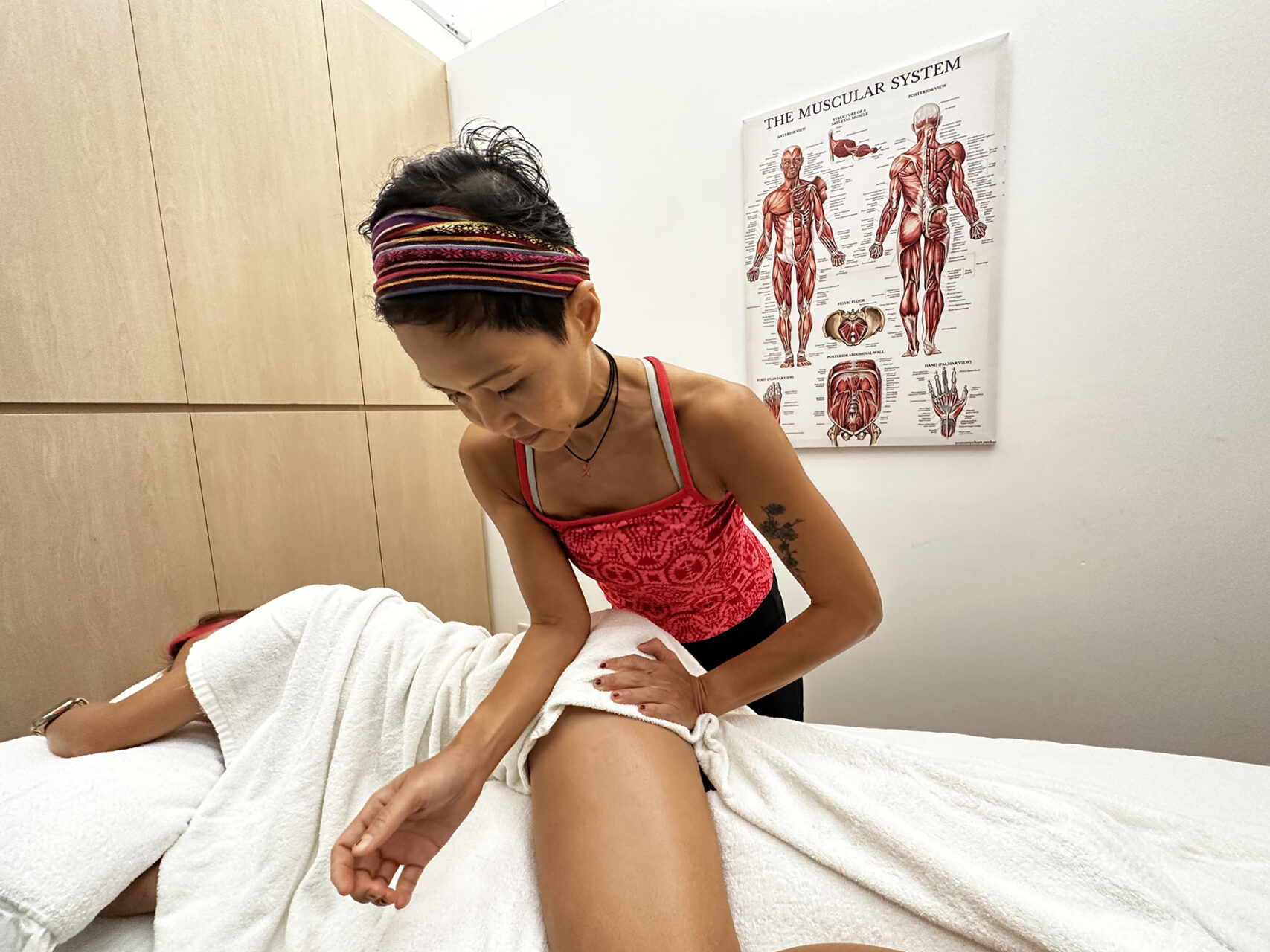
Myofascial Release vs Deep Tissue Massage: What’s the Difference?
It’s common to confuse myofascial release with deep tissue massage, as both aim to relieve tension and pain. However, they differ in technique and purpose. Understanding the distinctions between myofascial release and deep tissue will help you choose the most suitable treatment based on your needs.
Myofascial Release focuses on the fascia using light, sustained pressure to release restrictions and improve tissue health. It’s particularly beneficial for chronic conditions and areas of pain resistant to traditional therapies.
Deep Tissue Massage, on the other hand, targets deeper layers of muscle with firmer pressure, aiming to reduce muscle tension and improve blood flow. This is often used for general muscle tightness or post-exercise recovery.
Both myofascial release and deep tissue massage can be complemented by stretching routines to further enhance flexibility and recovery.
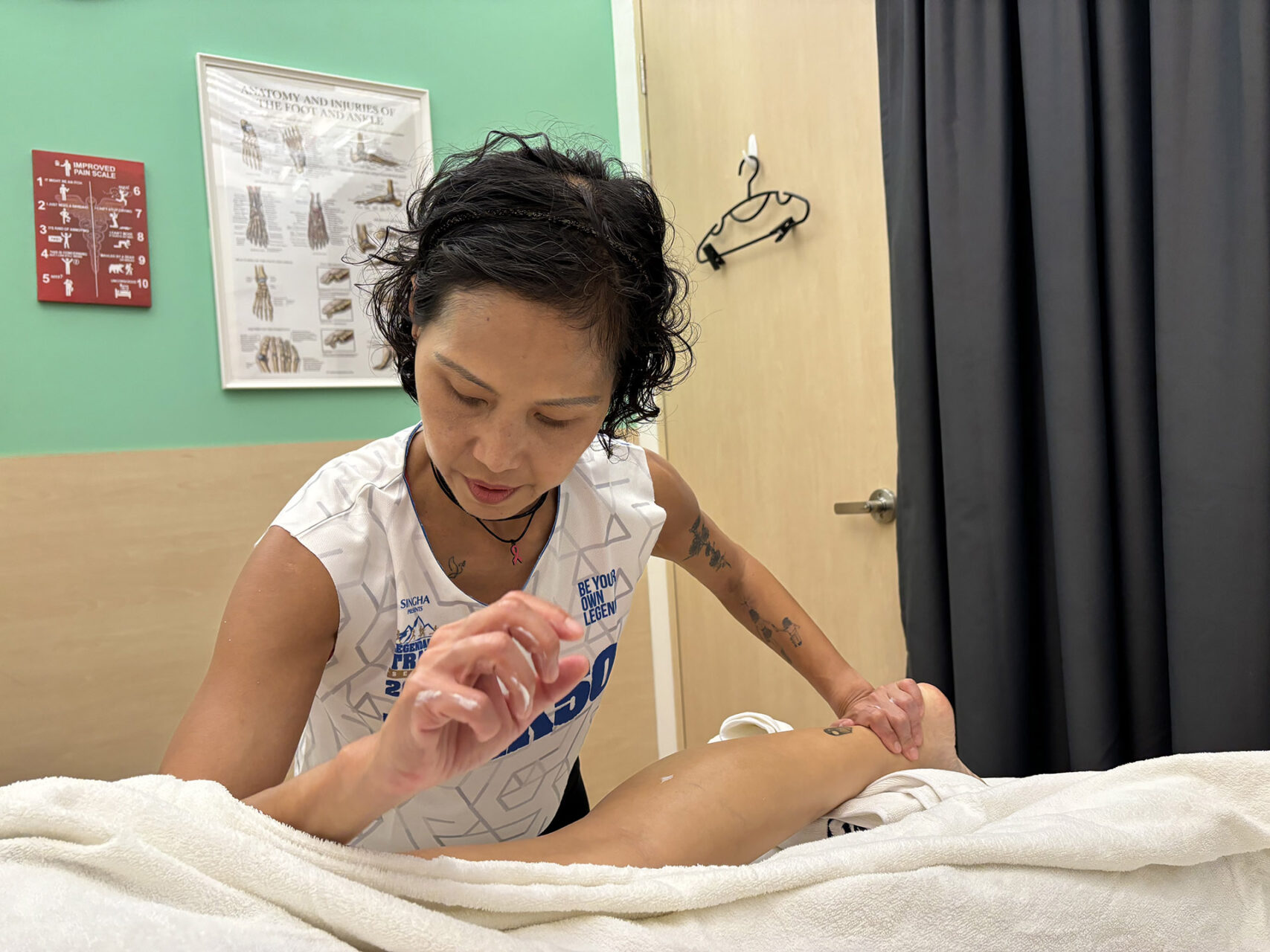
Comprehensive Benefits of Myofascial Release
The advantages of myofascial release extend far beyond simply alleviating pain. Regular myofascial release sessions can improve posture, alignment, flexibility and range of motion.
Systematic reviews and clinical trials have demonstrated significant effects of myofascial release on joint range of motion and muscle recovery, with some studies observing measurable improvements after just two sessions. It also significantly reduces stress and tension, supports recovery from injuries or surgeries, and prevents future musculoskeletal issues.
By addressing the underlying causes of pain and dysfunction, myofascial release empowers patients to achieve long-lasting relief and an overall improved quality of life.

How Does Dry Needling Enhance Myofascial Release?
Dry needling is a highly effective technique often integrated with myofascial release to target pain and movement limitations caused by myofascial trigger points. Trigger points are hyper-irritable knots within the muscle that can cause localized pain and refer discomfort to other areas.
Using fine, sterile needles, dry needling precisely targets and penetrates myofascial trigger points, inducing a localized twitch response that helps relax the muscle and restore normal function. When integrated with myofascial release, dry needling significantly enhances the treatment’s effectiveness by reducing muscle tightness, alleviating pain associated with trigger points, and improving the overall range of motion.
Patients often experience significant relief after incorporating dry needling into their myofascial release therapy sessions.

What to Expect After Myofascial Release
Following a myofascial release session, it’s normal to feel some temporary soreness, particularly if the treatment addressed deeply restricted areas. While feeling sore after myofascial release is temporary, it reflects the body’s response to the release of tension and increased circulation in the treated areas. This is a positive sign that the therapy releases tension and promotes healing.
Most patients also report immediate improvements in mobility and a sense of lightness or relaxation. Post-session care may include gentle stretches, hydration, and rest to optimize the benefits of the myofascial release session.
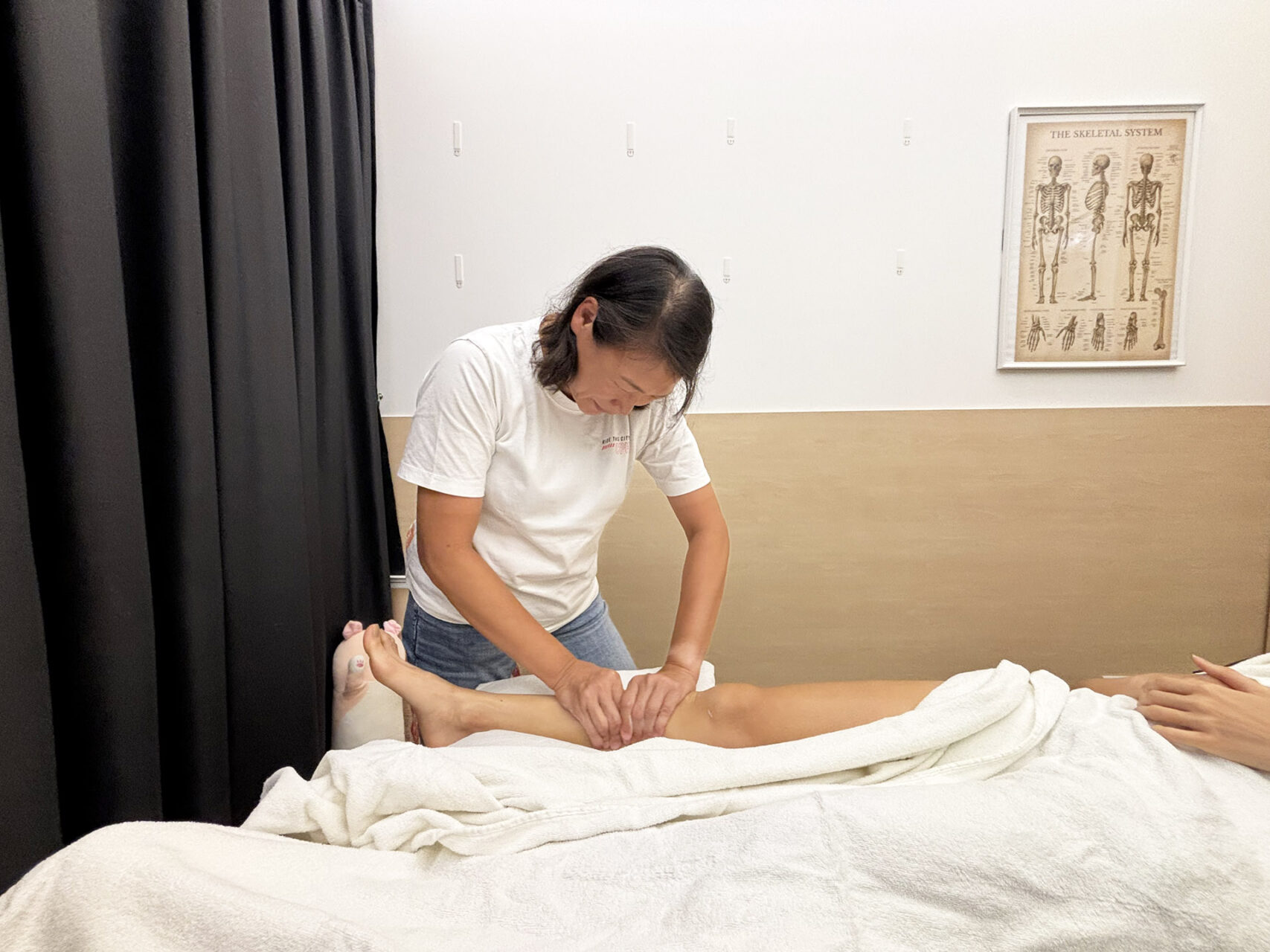
Myofascial Release in Singapore
At HelloPhysio, we provide personalized treatment plans tailored to each patient’s unique needs. Individuals with existing health conditions should consult a doctor before beginning myofascial release therapy to ensure safety and proper treatment planning. Whether you’re recovering from an injury or managing chronic pain, our approach to myofascial release ensures optimal results.
If you’re unsure whether myofascial release is right for you, a consultation with the experienced physiotherapists at HelloPhysio can help determine the most effective treatment plan for you.

